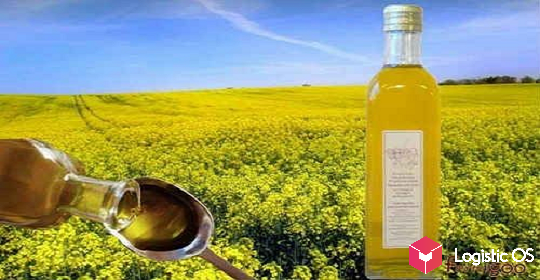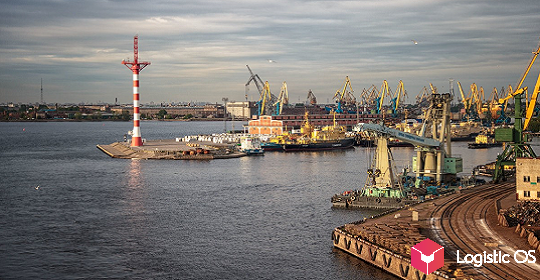2022 was an all-time record year for greenhouse-grown produce, with around 1.6 million tonnes.
The current year has become historical in many respects — for example, there is also a record for the grain harvest.
We can talk about more than 150 million tons of grain, of which 100 million tons of wheat.
Greenhouse vegetable growing also did not disappoint. As Tamara Reshetnikova, General Director of Technology Growth, noted, over the past 5 years it has turned from a clearly lagging industry into a leader.
This also applies to growth rates, as well as the introduction of new advanced technologies.
“Commercial vegetable growing in protected ground is a vivid example of the successful and rapid development of the agro-industrial complex with reasonable incentives from the state,” she believes.
Russia is the greenhouse champion
As Reshetnikova noted, since 2015, about 1.5 thousand hectares of greenhouses have been built in the Russian Federation, in which vegetables are grown in protected ground.
This is an incredible value that is impossible for any other country. At the same time, over 65% of the constructed facilities are equipped with an additional lighting system, which makes it possible to grow vegetables there throughout the year.
At the moment, these greenhouses provide over 80% of the total crop that is grown on the territory of Russia in protected ground.
The greenhouse business is getting bigger
At the same time, despite the prospects of the greenhouse business, it is not easy to become a player in this market.
Only 1 hectare of greenhouse areas involves an investment of about 3 million euros.
This practically cuts off small players, so today the market is divided mainly between large and medium-sized ones.
Moreover, the consolidation process continues. For example, in the Russian Federation there are 3 most powerful holdings:
Group «Growth» — Center, Volga, South, Ural
Eco-Culture Group — North Caucasus, North-West, Center
Group «Gorkunov» — Siberia, Center, Crimea
Despite their already huge scale, all these holdings are regularly expanding, mainly through mergers and acquisitions.
At the same time, the Rost group, as a rule, buys ready-made greenhouse areas and modernizes them. The remaining 2 major players prefer to build everything on their own, from scratch.
As a result, there is practically no doubt that greenhouse vegetable growing in Russia will continue to develop mainly with the most active participation of holdings.
Experts have little doubt that such large companies are much more likely to implement new projects and find funds for them than small entrepreneurs.

